Gnostic
America
Gnostic
America

A Reading of Contemporary American Culture & Religion according to Christianity's Oldest Heresy
Peter M. Burfeind

PUBLISHED BY PAX DOMINI PRESS
Copyright 2014 by Peter M. Burfeind
All Rights Reserved.
Publisher's Cataloging-in-Publication
(Provided by Quality Books, Inc.)
Burfeind, Peter M., 1970
Gnostic America : a reading of contemporary American culture & religion according to Christianity's oldest heresy / Peter M. Burfeind.
pages cm
Includes bibliographical references and index.
LCCN 2014913105
ISBN 978-0692260494
1. Gnosticism Influence. 2. United StatesCivilization21st century. 3. United StatesPolitics and government21st century. 4. United StateReligion21st century. I. Title.
| B638.B87 2014 | 299'.932 |
| QBI14-600138 |
Pax Domini Press
www.pax-domini.com
Please direct inquiries to
Book Design by Peter M. Burfeind
For Jillian, Aaron, Phoebe, Thomas,
and Vesper
Special thanks to Rita Burfeind
Contents

Part I Gnosticism 101:
Its Traits and History
Part II Love Sick:
Gnosticism and Culture
Part III Utopian Pursuits:
Gnosticism and Politics
Part IV Neo-evangelicalism:
Gnosticism and Religion
 Introduction
Introduction
Surveying the Cultural Landscape
Tales from the Trenches of Our Times
Easter, 2012. The audience gazed on in eager expectation, sitting in the stadium seating at the newest campus of the local mega-church. A giant screen towered over them. It revealed the countdown: four minutes forty-three seconds til the service.
People filed in. They moved hastily to their seats ushered by well-trained worship attendants. The feeling was electric.
One minute twenty-eight seconds.
Smoke began billowing out onto the stage. Introductory music, like something accompanying a champion wrestler, came from offstage.
Three... two... one.
The show began. The praise band stormed onto the stage and churned the audience into a clapping, swaying, hand-waving throng. Images of Christ's resurrection flashed on the screen. The editing was contemporary: quick cuts, odd camera angles, symbolic images, poetry evoking Christ's resurrection, but not too much the rules of edginess dictate you can't reveal too much, at least not yet.
Many would say the event was saturated with the Holy Spirit. For the more cynical, the event was perfectly manufactured according to every known principle of mass manipulation.
The message was revivalistic, but clothed in electronic, hip garb. The preacher took an almost apologetic tone toward anything traditional, like the altar call or the believer's prayer, or especially the offering. Still, the content was orthodox in the Fundamentalist sense.
Then came the climax of the service. At the point where Christians have reverently received the Eucharist for two millennia, a song by contemporary Christian artist Chris Tomlin filled the building: "This is the dream / My heart is free, no chains on me / Now is the time / Now is the time for freedom / Abandoned by cold religion / My heart on fire / The walls are coming down / The walls are coming down / The walls are coming down / The walls are coming down / Yeah, the walls are coming down / The walls are coming down / Like a rolling stone."
As the singer, an attractive young female, segued into the final phrase of the song, she gave out a long impassioned moan typical of the pop-vibrato style: ooooo ahhhhhh oooo ooooo ooooo. On cue the audience broke out into clapping and dance. The service ended.
Harold Bloom went so far as to call the scene Orphic, referring to the ancient mystery cult where flutists worked initiates into an emotional froth, and then priests leveraged the emotion toward the desired goal, the vision of the mystery.
Some identify erotic or romantic overtones: the ooooo ahhh moaning, the impassioned surrendering, the emphasis on the heart's yearning. G. K. Chesterton is cited for saying, "A man knocking at the brothel door is looking for God." That is, faith is more a matter of internal passions reaching out for transcendent, unspeakable love than a matter of external doctrinal formulas. A lonely lecher's late-night escapades are really the tugs of God on his heart. "My heart is on fire," sang Tomlin. It's a love affair with God.
In the history of the Church, there is no precedent for this sort of emotion-laden, sacrament-less, erotically-charged religiosity. There is, however, a precedent outside the walls of the Church.
That tradition is the Gnostic one.

After the election of President Obama in 2008, cultural elites in entertainment and politics got mystical, believing the man was something otherworldly. Can we blame them? His advent was prophesied in sacred story, at least American sacred story, which is to say, Hollywood, which has been crafting his image in our minds for years through an archetype The Magical Negro is the supporting black character who clarifies truth for the misdirected white hero, or the deus ex machina, some judge or authority figure who comes in just at the right time to be the voice of otherworldly wisdom and morality.
Through this archetype our pop culture prepared the way like a composite John-the-Forerunner for the sleek, cool black man with the silky baritone voice transcending our gridlocked politics: isn't this how the movie ends? When Obama finally came on the scene, it was as if, to paraphrase St. John, "The archetype became flesh and dwelt among us." He was, in Mark Steyn's words, "a younger Morgan Freeman, the cool, reserved, dignified black man who, when he's not literally God walking among us (as in Bruce Almighty), is always the conscience of the movie."
Will Smith called Obama an "idea mark[ing] an evolutionary flash point in history." An idea! Not an actual human being.
The Gospel according to Mark, Mark Morford that is, called Obama a "Lightworker" who can "actually help usher in a new way of being on the planet, of relating and connecting and engaging with this bizarre earthly experiment. These kinds of people actually help us evolve." At least this is the opinion of "many spiritually advanced people" he knows.
And then there's the Gospel of Thomas, Newsweek editor Evan Thomas that is, who cut to the chase: "Obama is standing above the country, above the world. He's sort of God."
The man fulfills a divine fantasy for them, the fantasy of a world where government ushers in an age in which the problems of poverty, war, and climate chaos are solved. Hollywood has been crafting this fantasy of the all-powerful government for years: what doesn't exist in the real world, and never will, they passionately, desperately manufacture in their fantasy world. If ever that fantasy can leak off the screen into reality,
Next page

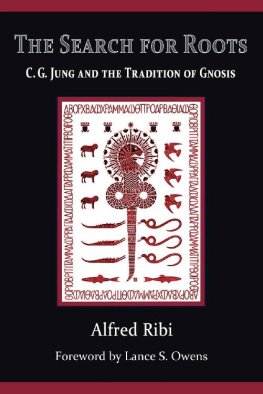

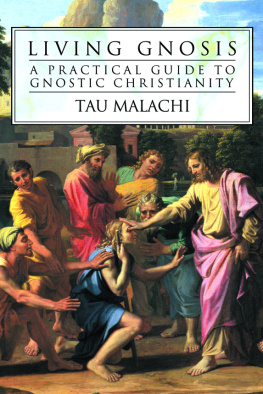

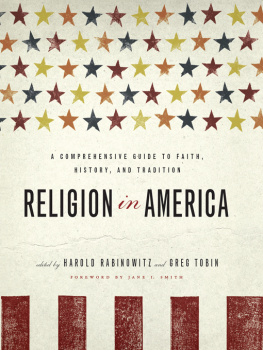
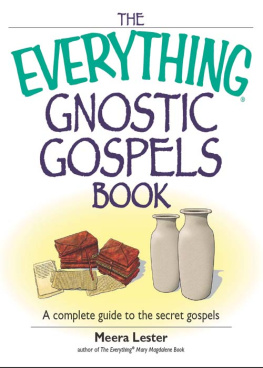
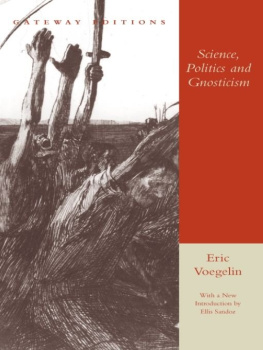
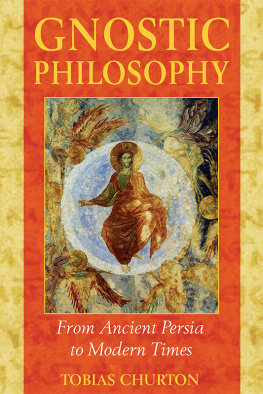
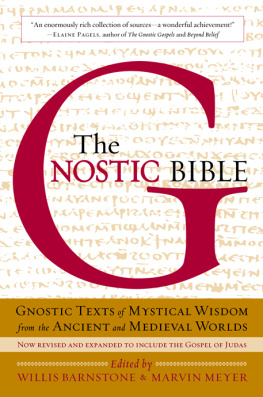




 Introduction
Introduction
